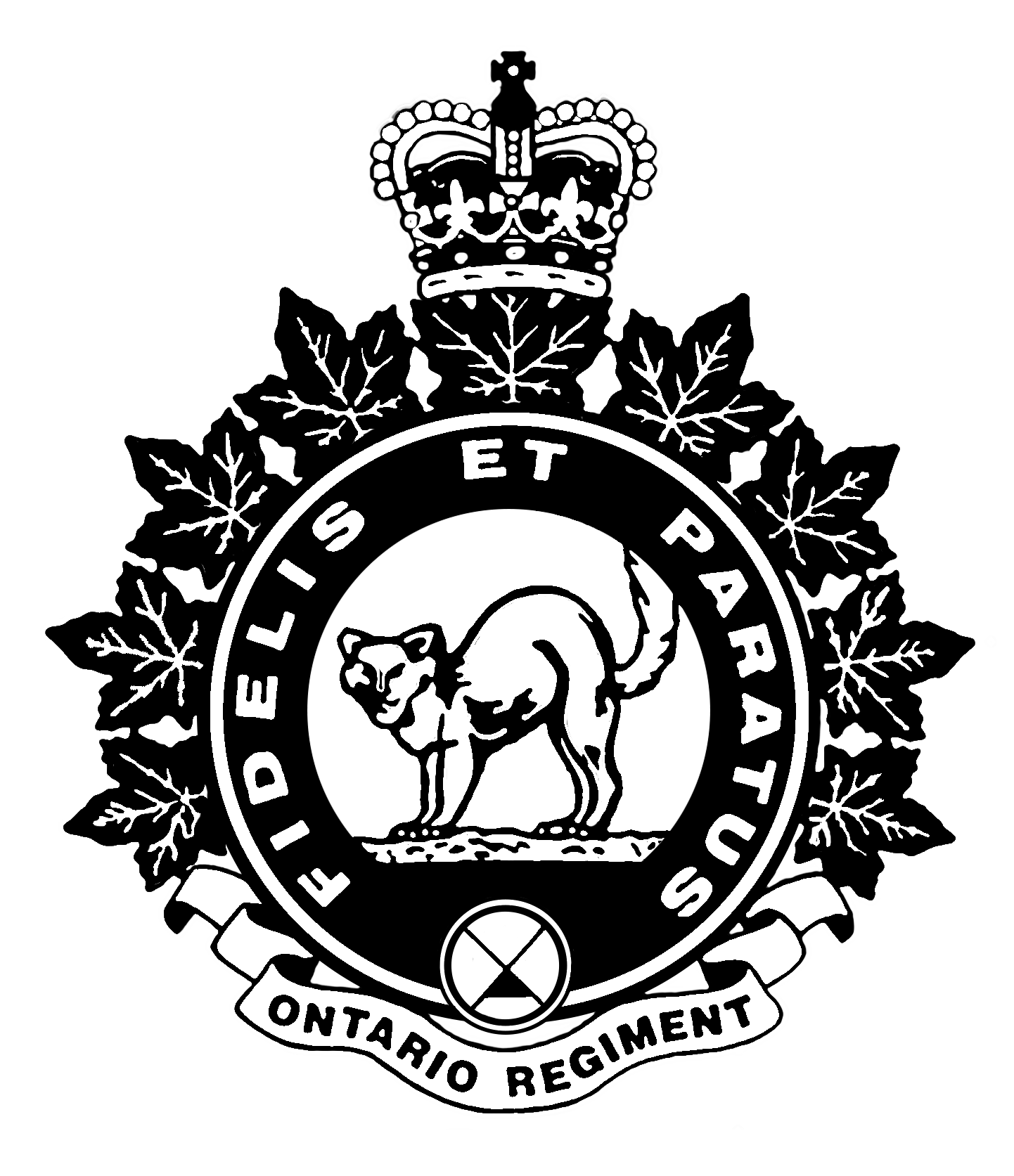The Coronation of King Charles III was held on 5 May 2023. The Canadian Contingent was quite small compared to previous coronations – only 45 Canadian Armed Forces personnel and RCMP.
1902
Queen Victoria passed away in January 1901 at the age of 81, after more than 60 years as sovereign. She was succeeded by her son Edward, who ruled as King Edward VII. His Coronation was scheduled for June 1902. Sergeant F.T. Matheson and Private G. Campbell travelled to England representing the 34th Ontario Regiment in the 629-member Canadian Coronation Contingent. The Canadian Contingent assembled at Levis, QC on 31 May for drill practice. The group sailed for England from Quebec City on 7 June and arrived in Liverpool on 16 June. A tented camp in Alexandra
Park, London was provided as quarters for the Canadians. There were separate inspections by the Duke of Connaught, Commander-in-Chief of the Forces Lord Roberts and Canadian Minister of Militia and Defence Sir Frederick Borden. On most days the Contingent paraded in the morning and the troops had the rest of the day free, being required to return to camp by midnight.
The Canadians received word on 24 June that the King was ill and would require surgery. The Coronation and all associated events were indefinitely postponed. Three days of leave were granted to anyone who wished to visit with friends and family in the UK. There was a final inspection of the troops at Alexandra Park by the Prince of Wales (the future King George V). The Canadians left London on 3 July and sailed home from Liverpool.
The Coronation eventually took place in August, but Canada sent only a small contingent, and there were no members of the 34th in the group this time.
1911
As King Edward VII was already 60 years old at the time of his Coronation, his reign was comparatively short. He passed away in May 1910 and was succeeded by his son George, who ruled as King George V.
The Canadian Militia sent a contingent of 719 soldiers to London, England, for the Coronation of King George V in 1911. Sergeant S. Vyse, Colour Sergeant W.R. Hole and Colour Sergeant M. Graham represented the 34th Ontario Regiment. Colour Sergeant Hole later served as the Regimental Sergeant- Major of the 34 th Ontario Regiment from 1913-15 and was named as the first Battalion Sergeant-Major of the 116 th Battalion, CEF in 1915.
Similar to 1902, the Canadian Coronation Contingent mustered at Levis, Quebec on 23 May for drill practice and other preparations. They sailed for England on 2 June and arrived at Liverpool on 9 June. The group was quartered at the Duke of York’s School. Both the Duke of Connaught and Lord Roberts inspected the troops as they had in 1902. There were several social events for the officers. Coronation Day was 22 June. Eight officers and 40 men were part of the procession, while the remainder of the Canadian Contingent was stationed along the route. It is not known if any of the Ontarios were part of the procession. On the following day two mounted guards were assigned to the King’s Procession. The Ontarios would have been part of the dismounted troops who were again stationed along the route. The Canadian Contingent sailed from Liverpool on 2 July and arrived at Quebec City on the ninth.
1937

King Edward VIII abdicated his throne in late 1936 after a reign of less than a year. He was succeeded by King George VI on 12 May 1937. Sergeant-Major M.J.R. “Jack” Barker travelled to England as the Ontario Regiment’s representative in the Canadian Coronation Contingent.
The Canadian Contingent gathered at Lansdowne Park at Ottawa in mid-April for drill practice and issuing of uniforms. They sailed from Montreal on 28 April and arrived at Southampton, England on 7 May. The Canadians moved directly to their main base at Pirbright Camp in Surrey where they trained for the Coronation. They relocated to the Olympia London for three days at the time of the Coronation. The Canadian Contingent took a turn, with other Commonwealth forces, providing guards at Buckingham Palace and St. James Palace prior to the Coronation. Barker marched in the main procession on Coronation Day. On the following day all of the Commonwealth service personnel were presented with a Coronation Medal by members of the Royal family at Wellington Barracks. Once their Coronation duties were complete the Canadians were granted eight days leave. Barker spent three of these days in Cardiff, Wales visiting with the Ontario Regiment’s allied regiment, the Welch Regiment (today’s Royal Welsh).
The Canadians departed from Southampton on 26 May. Barker later served as the Regimental Sergeant-Major for a period during the Second World War and again after the war.

1953
There is no mention in the contemporary newspapers of the Ontario Regiment sending soldiers as part of the 1953 Canadian Coronation Contingent. However, the Regiment participated in local events marking the Coronation.
There was a Drumhead Service (a type of outdoor religious service for military members) at Memorial Park in Oshawa on 31 May, with the Regiment parading its Colours. Queen Elizabeth II’s Coronation took place on 2 June. A Coronation parade took place in Oshawa that day, which included several community groups, floats, and about 2000 marchers. Former RSM Jack Barker was the parade marshal. Four of the Regiment’s Sherman tanks led the parade with the Regimental band and remainder of the Regiment marching in the middle. The Ontarios had a squadron in Ajax at this time and they participated in the Ajax Coronation Celebration Parade.
Rod Henderson
Rod Henderson is the Regimental Historian of the Ontario Regiment. He served as a Sergeant in the Regiment and is the author of “Fidelis Et Paratus: The History of The Ontario Regiment RCAC”.

